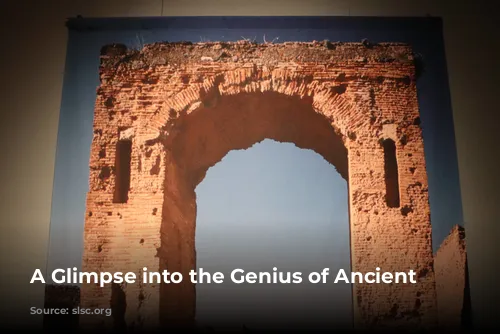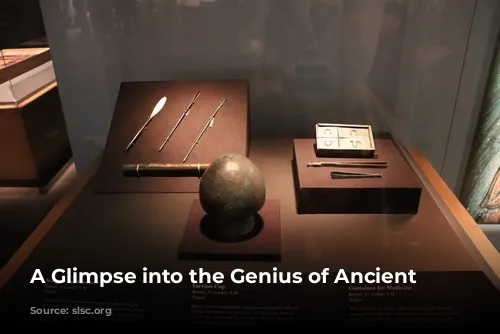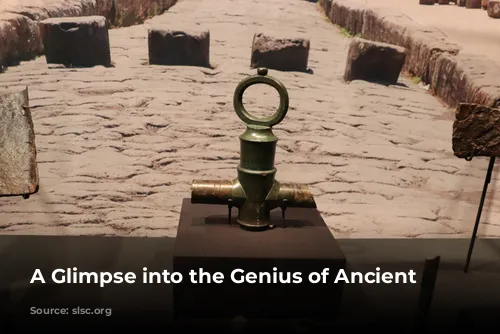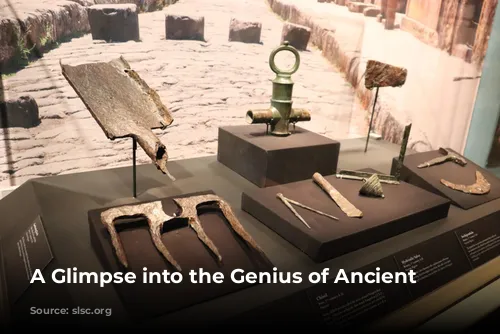The grandeur of ancient Rome continues to amaze us centuries after its fall. Roman engineers were true pioneers, leaving behind a legacy of impressive structures and innovative techniques that paved the way for modern technology.

Engineering Wonders of the Ancient World
“All roads lead to Rome” wasn’t just a saying; it was a reality. The Roman Empire boasted an extensive network of over 50,000 miles of roads, connecting its vast territories. Roman engineers skillfully surveyed, cleared, and leveled land, creating direct pathways between cities. Tunnels and bridges were seamlessly integrated into these roads, along with pedestrian paths. This remarkable infrastructure enabled the rapid movement of troops, facilitated trade, and ensured efficient communication through directional signage.
The impact of Roman roads extends beyond their historical significance. Their engineering principles served as a blueprint for many modern road networks throughout Europe, demonstrating the enduring influence of Roman ingenuity.

The Power of Water: Roman Aqueducts
The Romans revolutionized water management with their aqueducts. The city of Rome alone relied on 11 aqueducts to supply its vast population with clean water. These ingenious structures not only sustained a thriving city but also laid the foundation for public sanitation and hygiene.
The construction of aqueducts demanded meticulous planning and execution. Roman engineers calculated precise gradients, ensuring a gradual slope for the water flow. These aqueducts often stretched for miles, traversing challenging terrain. They skillfully dug tunnels through mountains and created stone walls to channel water through lower elevations.
The water delivered by the aqueducts flowed into various holding tanks, providing drinking water to citizens, filling public baths, and supplying the opulent private water systems of the wealthy. Even today, the renowned Trevi Fountain in Rome draws its water from one of these restored ancient aqueducts.

Battlefield Medicine: A Roman Legacy
Despite the dangers of warfare, Roman soldiers often enjoyed longer lifespans than the average citizen. This was largely due to the remarkable advancements in battlefield medicine during their time.
Roman field doctors emphasized sanitation in military camps and conducted physical examinations on new recruits. They were pioneers in using surgical clamps and tourniquets to control blood loss during battle. The battlefield served as a crucible for these surgeons, honing their skills and making them among the most skilled medical practitioners of their era.
The Strength of the Arch: A Building Block of History
While arches existed prior to the Romans, they mastered the structure, using it to build iconic colosseums, aqueducts, bridges, and other monumental structures.
Roman engineers utilized wooden frames to shape the arch, carefully laying stonework around them. The keystone, the central stone at the top of the arch, played a crucial role. Once the keystone was in place, the wooden frame was removed, allowing the weight to be transferred through the arch’s external frame, creating a remarkably strong construction. This innovative technique became a cornerstone of Roman architecture.
The Enduring Power of Roman Concrete
Roman concrete has stood the test of time, a testament to its exceptional durability. The Romans combined lime with volcanic rock, creating a powerful mortar that continues to withstand the ravages of time.
Roman concrete revolutionized ancient architecture due to its versatility and efficiency. It could be poured into molds, taking on any shape, unlike the laborious process of cutting stone. This made concrete significantly cheaper and more accessible. Furthermore, its strength and speed of construction surpassed previous building methods, solidifying its place as a revolutionary material.
Unveiling the Secrets of Pompeii: A Window into Ancient Rome
Much of what we know about ancient Rome stems from the frozen-in-time city of Pompeii, tragically buried by the eruption of Mount Vesuvius in 79 AD. POMPEII: THE EXHIBITION offers a unique opportunity to explore this ancient city, delving deeper into Roman technology and the everyday lives of its inhabitants.
By visiting this exhibition, you can gain a deeper understanding of the ingenuity and resilience of ancient Rome, a civilization that continues to inspire awe and wonder.
